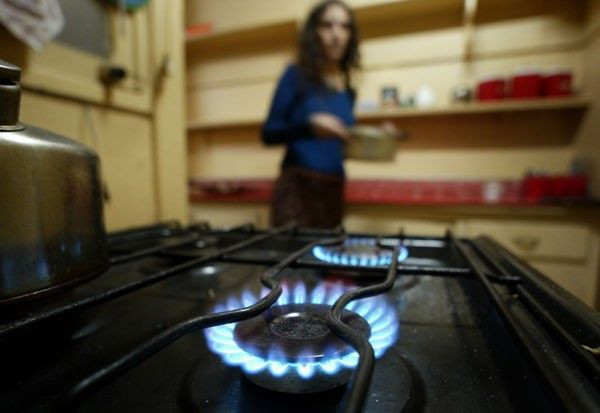Natural-Gas Prices Hit 10-Year Low

Natural gas prices have hit a ten-year low due to warmer than normal winter temperatures, which have dampened demand, and growing inventories nationwide.
In early afternoon trading Friday natural gas prices on the New York Mercantile Exchange hovered just under $2.39 per thousand cubic feet.
January is typically a month when natural gas prices are relatively high, the result of increased weather-related demand, the U.S. Energy Information Administration reported in its latest industry update. Most analysts attribute the current price weakness to a winter that, so far, has been much warmer than normal, combined with abundant production and storage surpluses.
The last time natural gas traded as low as $2.39 per thousand cubic feet was March, 2002. By 2008, prices had rebounded to $11 per thousand cubic feet before beginning a prolonged slide.
Until a few years ago, the price of crude oil and natural gas generally rose and fell in unison, primarily because natural gas was mostly obtained as a by-product of oil. Typically, the price of oil per barrel was ten times the price of gas per thousand cubic feet; in other words, if oil sold for $80 a barrel, natural gas would cost around $8 per thousand cubic feet. Recently, though, the prices of the two fuels became uncoupled as exploration and development of natural gas shale formations in the U.S. increased domestic natural gas production more than 17-fold, according to the U.S. Energy Information Administration.
According to the EIA, natural gas inventories ended December at an estimated 3.5 trillion cubit feet. That represents a 12 percent increase above the same time the year before and is an all time high for this time of year, the EIA said.
Gas prices are expected to make a small rebound, said the EIA, whose 2012 estimated price average is $3.53 per million British thermal units (MMBtu). That price is still 50 cents lower than last year's average spot price. By 2013, spot prices are expected to average $4.14 per MMBtu, according to the agency.
© Copyright IBTimes 2024. All rights reserved.





















